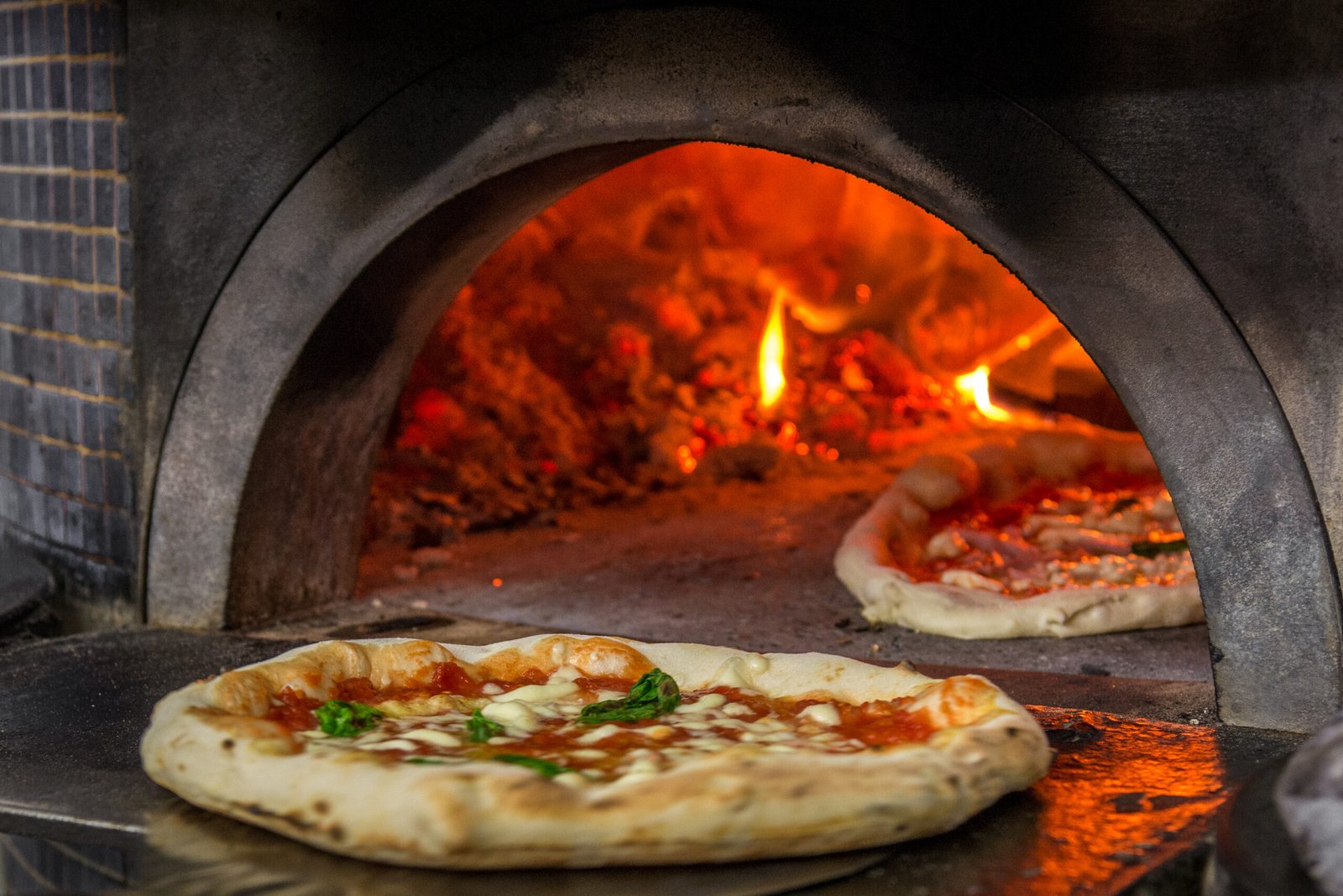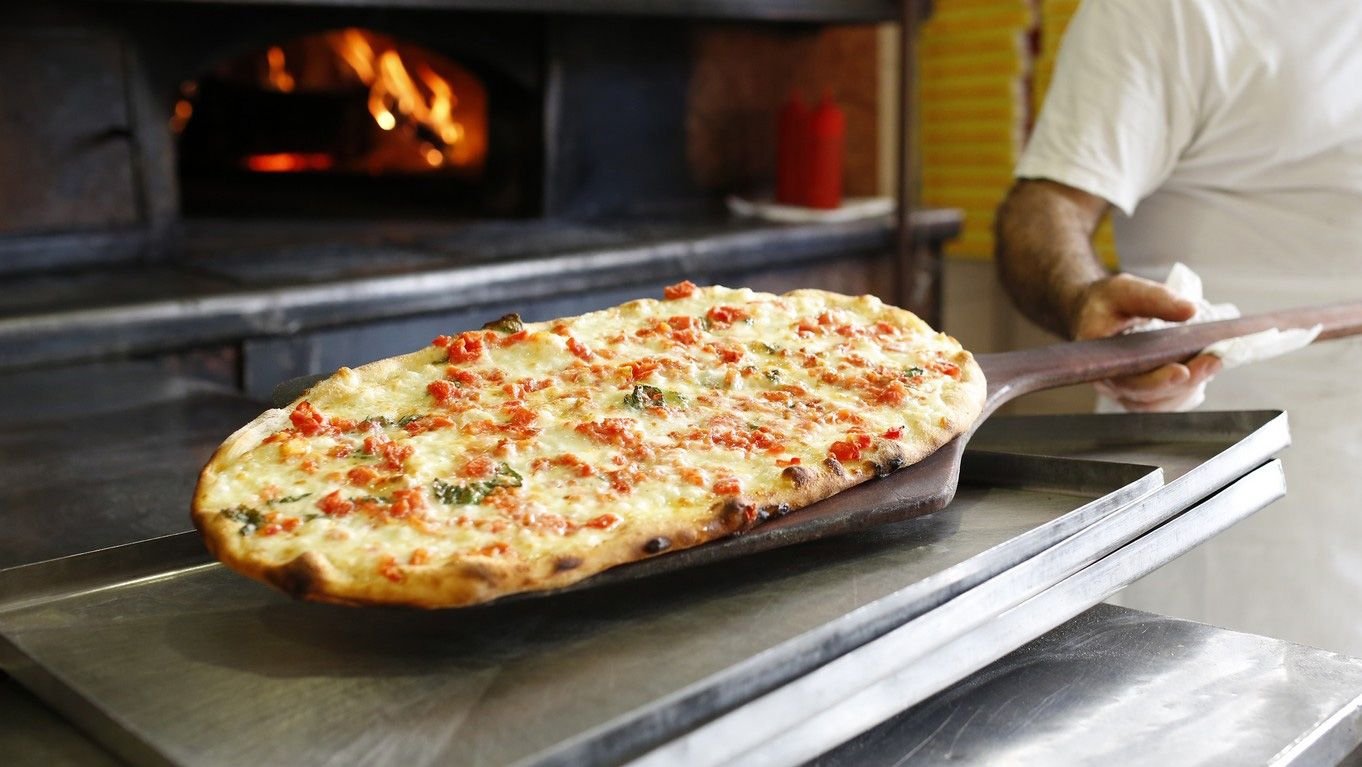Pizza holds a special place in Italian society, not just as a beloved dish but as a cultural icon that reflects the country’s rich culinary heritage and communal traditions. This article explores how pizza has become intertwined with Italian festivals, traditions, and everyday life, shaping social gatherings, culinary rituals, and national pride.

Festivals Celebrating Pizza
Pizza Festivals
Across Italy, numerous festivals celebrate pizza, showcasing regional variations and honoring local ingredients and traditions:
- Napoli Pizza Village: Held annually in Naples, this festival is a celebration of Neapolitan pizza, featuring workshops, competitions, and tastings.
- Festa della Pizza Margherita: Celebrated in June in Naples, this festival honors the creation of the Margherita pizza, showcasing its historical and cultural significance.
- Pizza Expo: An international event held in Italy, bringing together pizza makers, chefs, and enthusiasts to explore trends and innovations in pizza-making.
These festivals not only promote pizza as a culinary art form but also highlight its role in Italian cultural identity and community life.
Traditions Surrounding Pizza
Family Gatherings
Pizza plays a central role in Italian family gatherings and social events:
- Pizza Night: Many families have a designated pizza night each week, where they gather to enjoy homemade or ordered pizza together.
- Celebrations: Birthdays, holidays, and special occasions often feature pizza as a versatile and crowd-pleasing dish for guests of all ages.
Pizzeria Culture
Pizzerias are social hubs where locals gather to enjoy authentic pizza and socialize:
- Neighborhood Pizzerias: Often family-owned and operated, these establishments serve as meeting places for friends and neighbors.
- Pizza-by-the-Slice: In urban areas, pizza al taglio (pizza by the slice) is a quick and convenient option for lunch or snacks, enjoyed throughout the day.
Historical Significance
Pizza’s roots in Naples date back centuries, evolving from humble street food to a symbol of Italian cuisine:
- Invention of Margherita Pizza: Legend has it that the Margherita pizza was created in 1889 to honor Queen Margherita of Savoy, showcasing the colors of the Italian flag with tomatoes, mozzarella, and basil.
- UNESCO Recognition: In 2017, the art of Neapolitan pizza-making was added to UNESCO’s Intangible Cultural Heritage list, recognizing its cultural significance and craftsmanship.
Pizza in Everyday Life
Culinary Diversity
Italian pizza reflects regional diversity, with each region boasting its own specialties and culinary traditions:
- Neapolitan Pizza: Known for its thin crust, San Marzano tomatoes, and fresh mozzarella.
- Roman Pizza: Characterized by a thin, crispy crust and inventive toppings like porchetta and artichokes.
- Sicilian Pizza: Thick-crust pizza with a generous topping of tomatoes, onions, anchovies, and herbs.
Cultural Symbolism
Pizza symbolizes Italian craftsmanship, culinary creativity, and the art of sharing:
- Community Dining: Sharing a pizza signifies camaraderie and hospitality, fostering connections among family and friends.
- Innovation: Italian chefs continue to innovate with pizza toppings and techniques, blending tradition with contemporary flavors to appeal to diverse tastes.
Economic Impact
Pizza production and consumption contribute significantly to Italy’s economy and global culinary influence:
- Exports: Italian pizza ingredients, equipment, and expertise are exported worldwide, promoting Italian culinary traditions and supporting local economies.
- Tourism: Pizzerias attract tourists seeking authentic Italian dining experiences, boosting local businesses and cultural exchanges.
Conclusion
In conclusion, pizza’s integration into Italian society transcends its culinary appeal, encompassing festivals, traditions, and everyday rituals that celebrate community, heritage, and creativity. From family gatherings and neighborhood pizzerias to international festivals and UNESCO recognition, pizza embodies the essence of Italian culture and hospitality. As a versatile and universally loved dish, pizza continues to evolve while preserving its roots in Naples and across Italy, uniting people through shared meals and timeless traditions. Embrace the cultural significance of pizza in Italian society, savor its flavors, and appreciate its role in fostering connections and preserving culinary heritage for generations to come.











